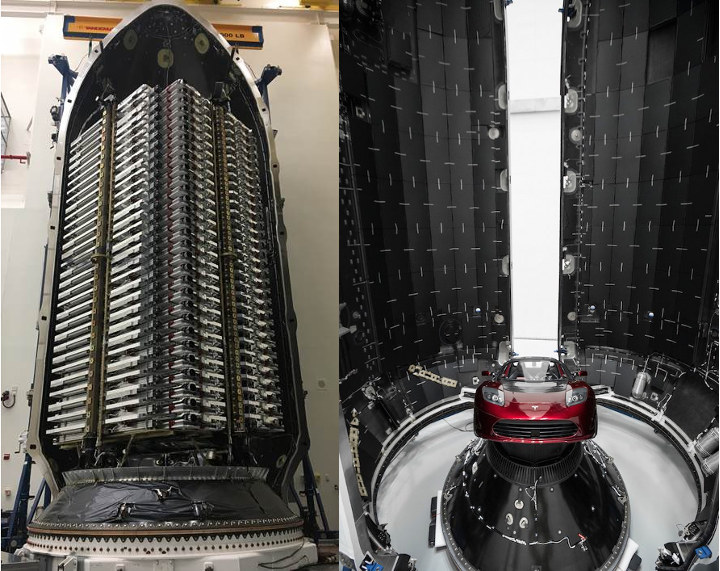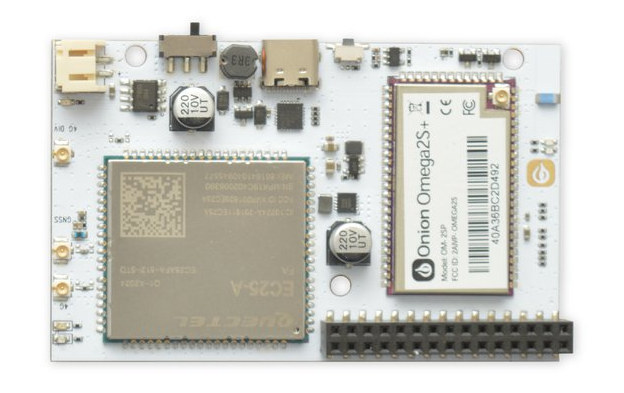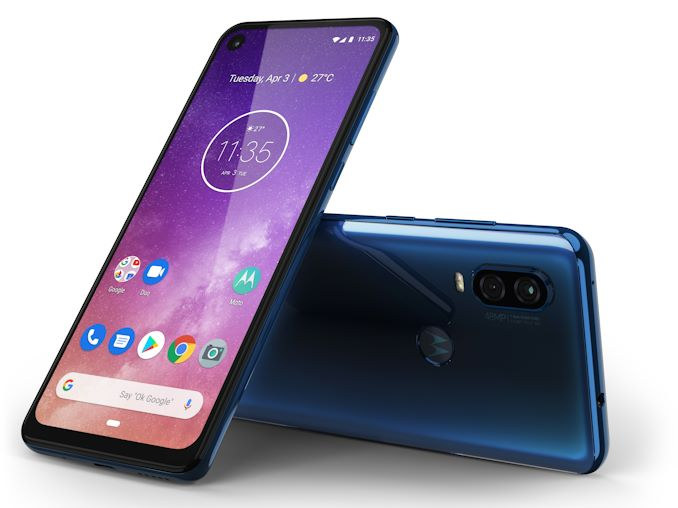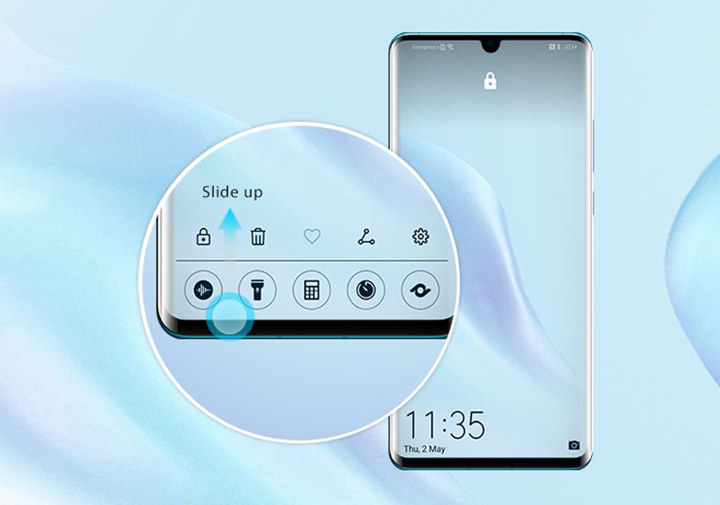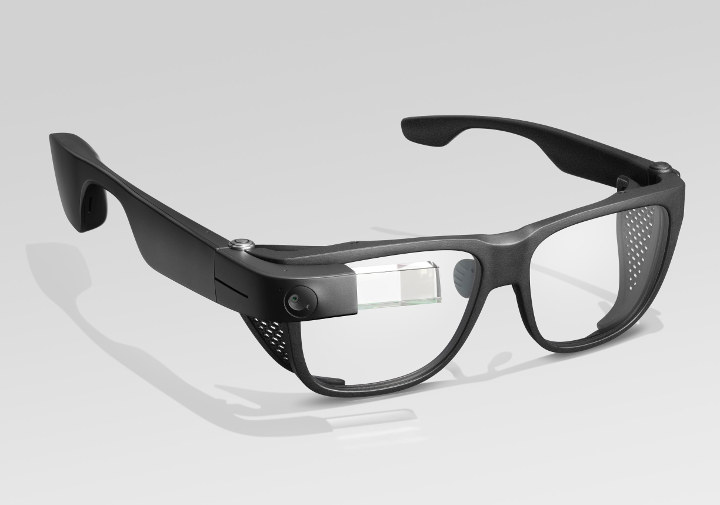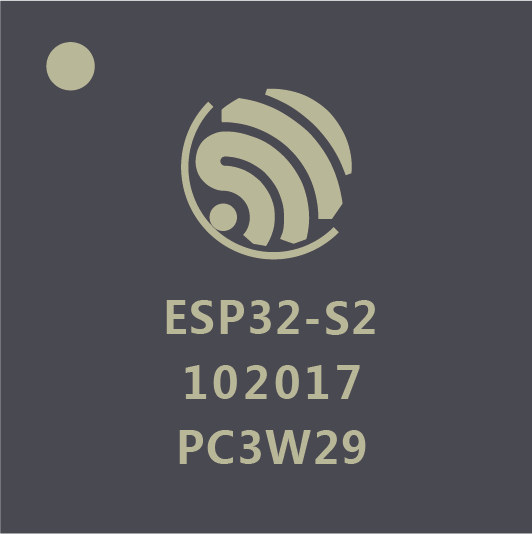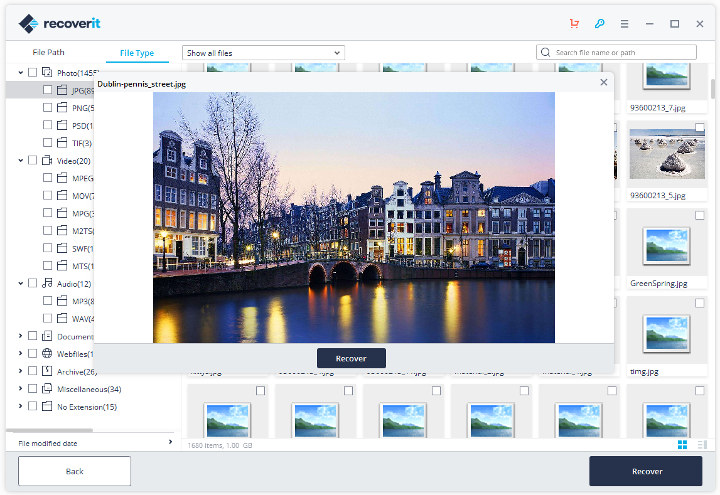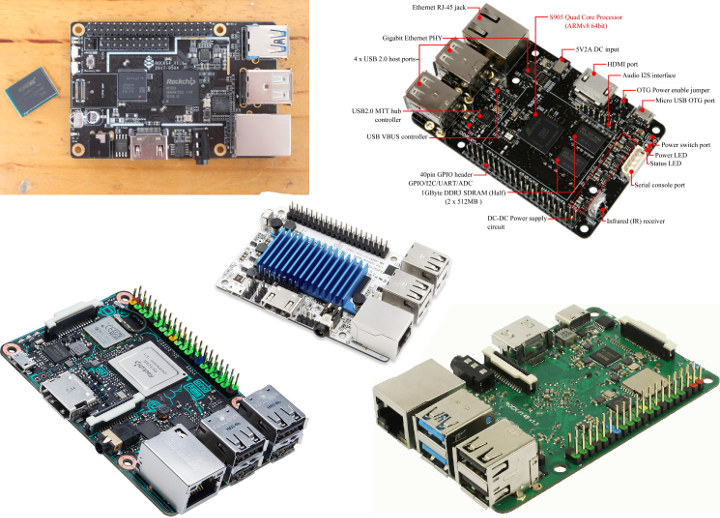Most embedded systems are used here on planet earth, but some do take off heading for space, and this week I come accross two separate projects leveraging Arm processors and FPGAs, as well as Ubuntu/ROS and Android operating systems: SpaceX Starlink communication satellites and Astrobee robots roaming in the international space station (ISS) SpaceX Starlink Satellites with Xilinx Ultrascale+ Arm + FPGA SoC SpaceX is about to launch a cloud of 60 Starlink communication satellites that aims to provide internet communication anywhere in the world. That’s just a start as eventually the plan is to get up to 12,000 of those satellites. Usually, we would not know many technical details about the satellites, but as one reader pointed out (Thanks Lawrence!), a Reddit thread about the launch, also pointed to a NASA document revealing the satellites are powered by Xilinx Ultrascale+ quad core Cortex-A53 processor with FPGA fabric. Milestone 2 […]
Onion Omega2 LTE Board Combines WiFi, 4G LTE and GNSS Connectivity (Crowdfunding)
Onion has launched several compact OpenWrt WiFi boards for IoT projects over the years starting with their Onion Omega board in 2015, and the latest so far being Onion Omega2 Pro with a massive 8GB storage. The company has now launched a new model with 4G LTE connectivity called Onion Omega2 LTE, based on Omega2S+ module, and also featuring GNSS global satellite positioning capability. Onion Omega2 LTE specifications: WiFi Module – Onion Omega2S+ IoT computer module with MediaTek MT7688 MIPS CPU @ 580 MHz, 128 MB RAM, 32 MB storage Cellular and GNS Module – Quectel EC25 LTE Cat 4 modem that delivers 150 Mbps downlink and 50 Mbps uplink data rates, provided either for North America or global markets External Storage – MicroSD card slot up to 2 TB (once such cards become available…) Connectivity 2.4 GHz 802.11 b/g/n Wi-Fi 4 + onboard 2 dBi direction chip antenna & […]
299 Euros Motorola One Vision Smartphone Features Samsung Exynos 9609 SoC
I find most new phones’ announcements rather boring, but Motorola One Vision is somewhat interesting as it’s one of the rare non-Samsung phones to features an Exynos processor, more specifically Exynos 9609 which has not been seen in any other smartphones so far. Its other highlight is the 48MP camera sensor normally found in premium phones, and not in a 299 Euros device. Motorola One Vision specifications: SoC – Samsung Exynos 7609 octa-core processor with 4x Cortex-A73 @ 2.2GHz, 4x Cortex-A53 @ 1.6GHz, and Arm Mali G72MP3 System Memory – 4GB LPDDR4 Storage – 128GB internal storage, microSD card slot Display – 6.3″ LCD touch screen display with 2520 x 1080 resolution (21:9 aspect ratio) Camera 48MP rear camera with OIS based on IMX586 sensor 5MP Depth sensor 25MP front-facing camera Audio – 3.5mm headphone jack Wireless connectivity Cellular – 1x nanoSIM + 1x nanoSIM/microSD hybrid 802.11ac Wave 2 Wi-Fi […]
HongMeng OS is Huawei’s Alternative to Android (Rumor)
If you’ve been following the news, you must know Huawei was hit by trade restrictions from the US government, and US companies announced they’d comply meaning Intel, Google, Qualcomm, Microsoft, Xilinx, and others announced they’d have to mostly stop doing business with Huawei. At first, it seemed like all Google services would stop working on existing Huawei phones, but it’s not that bad, and apparently, it only impacts phones sold after May 16. Everything is still in flow, so it may take a while for things to settle down, and find out what the practical implications will be. Nevertheless, upon reading the news, I thought it would be a boon for projects like /e/ operating system that works without closed-source binaries from Google, but it turns out that Huawei is working on its own operating system called HongMeng (鸿蒙) OS according to Chinese media reports. We don’t have a whole […]
Google Glass Enterprise Edition v2 Features Snapdragon XR1 Processor
To be honest, I was pretty happy when it was clear that smart glasses for the consumer market would not take off, and I would be living in a better, smart glasses-free, world. But I also reckoned that those could have use in professional settings, and Google Glass Enterprise edition was first spotted in 2015 with an Atom processor. The company has now launched an upgraded model with Google Glass Enterprise Edition v2 powered by Qualcomm Snapdragon XR1 eXtended reality (XR) platform. Google Glass Enterprise Edition v2 specifications: SoC – Qualcomm Snapdragon XR1 quad-core Kryo processor @ 1.7GHz with Adreno GPU, Qualcomm AI Engine for on-device processing; 10nm manufacturing process System Memory – 3GB LPDDR4 Storage – 32GB eMMC flash storage Display – 640×360 Optical Display Module Audio out – Mono Speaker, USB audio, BT audio Microphones – 3 beam-forming microphones Camera – 8MP, 80 DFOV Connectivity – Wi-Fi 5 […]
Espressif ESP32-S2 Secure WiFi MCU Comes with an Xtensa LX7 Core @ 240 MHz
Espressif Systems has unveiled a new ESP32 WiFi MCU based on Cadence (previously Tensilica) Xtensa LX7 core instead of the usual Xtensa LX6 core(s). ESP32-S2 is powered by a single Xtensa LX7 core clocked at 240 MHz, supports Wi-Fi HT40 @ 2.4 GHz, and provides up to 43 GPIOs. Espressif ESP32-S2 specifications: CPU – Cadence Xtensa single-core 32-bit LX7 microcontroller @ up to 240 MHz, and ultra-low-power co-processor System Memory – 320 kB SRAM, external SPIRAM support up to 128 MB in total, 16 KB RTC memory Storage – 128 kB ROM, up to 1 GB of external flash support Connectivity Wi-Fi 802.11 b/g/n 1×1 transmit and receive with HT40 support with data rate up to 150 Mbps Support for TCP/IP networking, ESP-MESH networking, TLS 1.0, 1.1 and 1.2 and other networking protocols over Wi-Fi Support Time-of-Flight (TOF) measurements with normal Wi-Fi packets I/O & peripherals 43x programmable GPIOs 14x […]
Sponsored: Recoverit 8.0 Data Recovery Software Works on Windows & Mac OS
You should always backup your data as it may become lost or corrupted due to hardware failure, user’s mistakes, or bad actors. However, if your data appears to be truly lost, and backup is not available, it’s possible to use data recovery software such as Wondershare Recoverit Data Recovery available for Windows and Mac OS. The program will scan your computer or specific folder/storage device to locate any kind of deleted or corrupted files and ask you which files or/and folders to retrieve. This works on drives that have been corrupted due to a crash or power failure, formatted by mistake, and so on and the program can handle both internal and external drives. Wondershare has recently released Recoverit 8.0 version with various new features and improvements: Simpler and more user-friendly interface – Recoverit 8.0 comes with a simpler and more user-friendly design as shown above. The software will show […]
Top 5 Raspberry Pi Alternatives in 2019
The Raspberry Pi boards are great little Arm Linux SBC’s with a low price and great community support. But the Broadcom processors used in the boards are also fairly old so they may not be suitable for some projects. If your application needs or would benefit from modern features such as memory over 1GB RAM, an actual Gigabit Ethernet port, USB 3.0 port(s), 4K video output, or H.265 hardware video decoding you’ll have to find Raspberry Pi alternatives. I’ll point out 5 alternative single board computers in this post from the point of view of existing Raspberry Pi users, who will want good software support and a board with the same or similar form factor as Raspberry Pi 3 Model B/B+ in order to reuse their add-on boards and/or enclosures. Price has to be competitive as well, so nothing above $80 will be mentioned. The boards are not listed in […]

